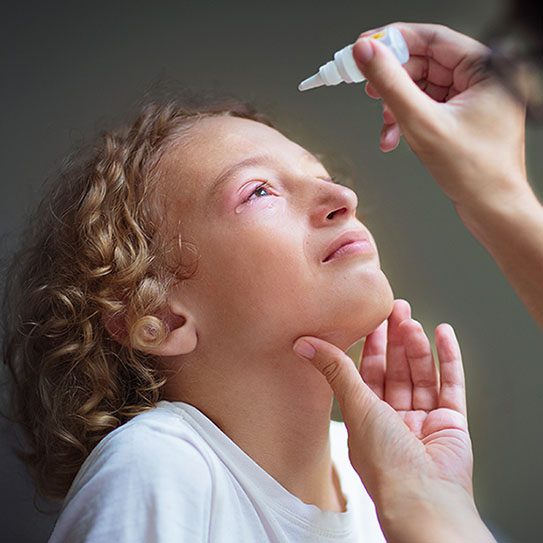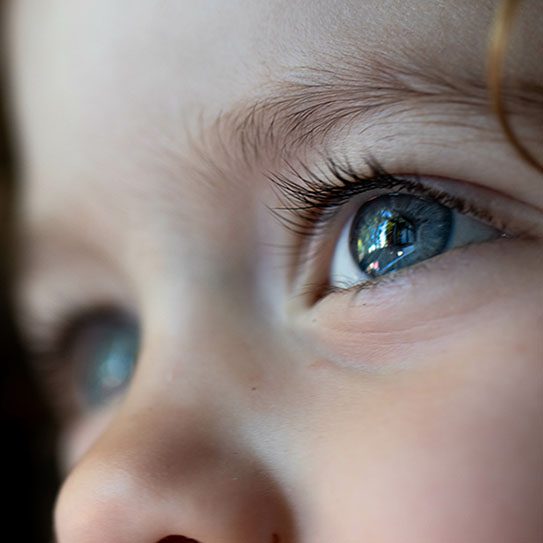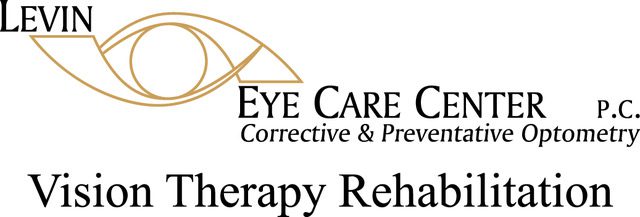
Protect Your Eyes From Pink Eye
Many of us have gotten or will get some form of pink eye.
July 31, 2024
No Comments

Eating for Healthy Eyesight
Have you ever wondered why carrots are credited with improving night vision?
July 24, 2024
No Comments

20/20 Vision: Just One Piece of the Puzzle
Many believe that achieving 20/20 vision marks the pinnacle of eye health.
July 17, 2024
No Comments

From Vision Therapy Graduate to College Graduate!
We are thrilled to celebrate a major milestone for one of our former vision therapy graduates! Congratulations to Robbie on earning his college degree!
June 17, 2024
No Comments

Benefits of Protecting Your Eyes and Skin
Our world is becoming more digital every day, so we must protect our kids’ eyesight. So, whether you’re a parent or grandparent, here are some child’s eye health tips that can help to keep their future bright.
June 3, 2024
No Comments

